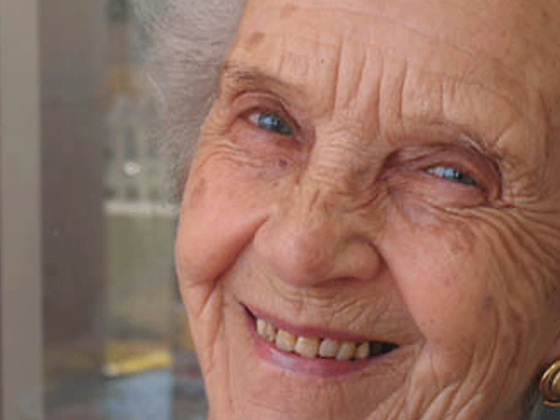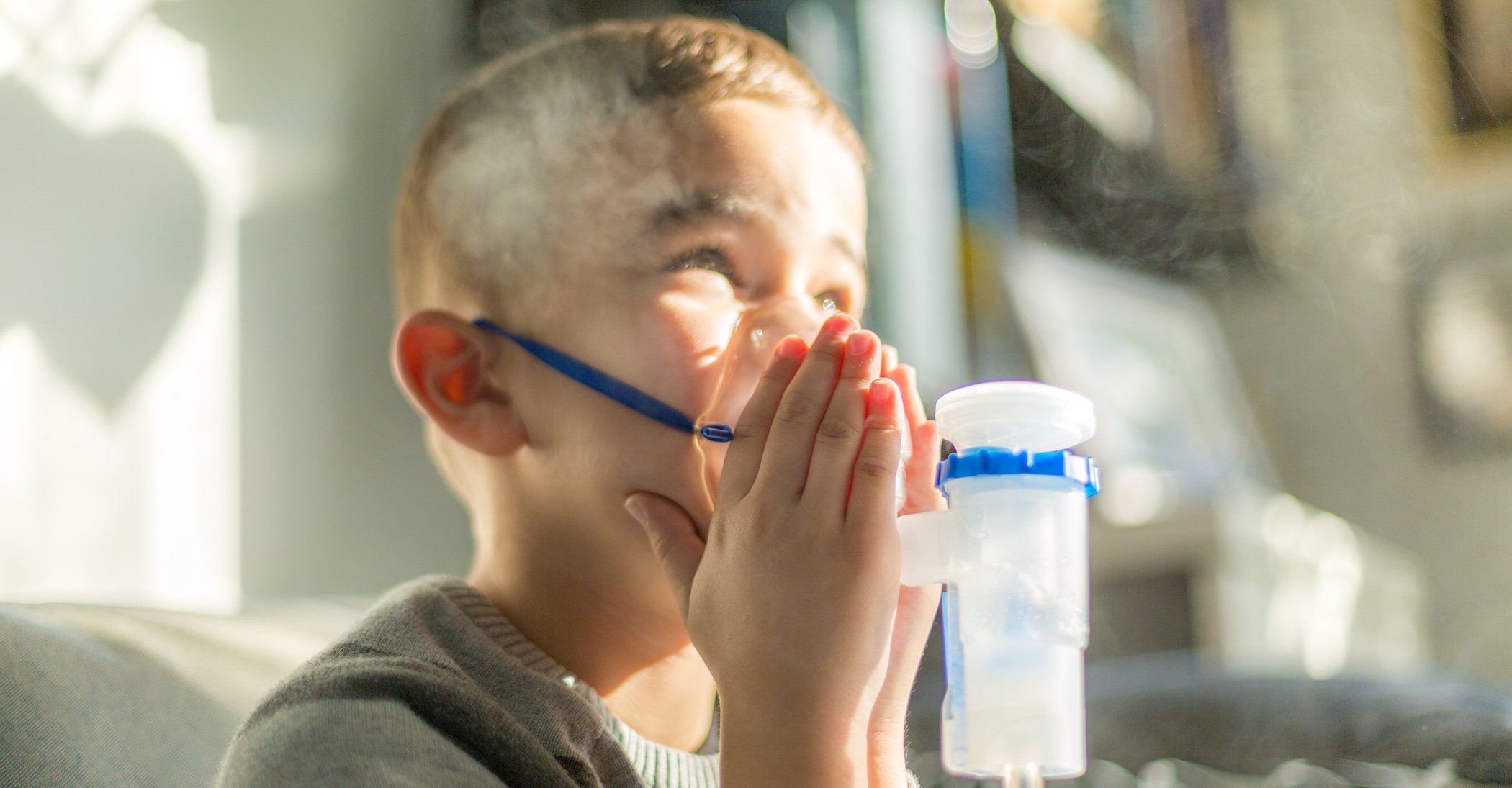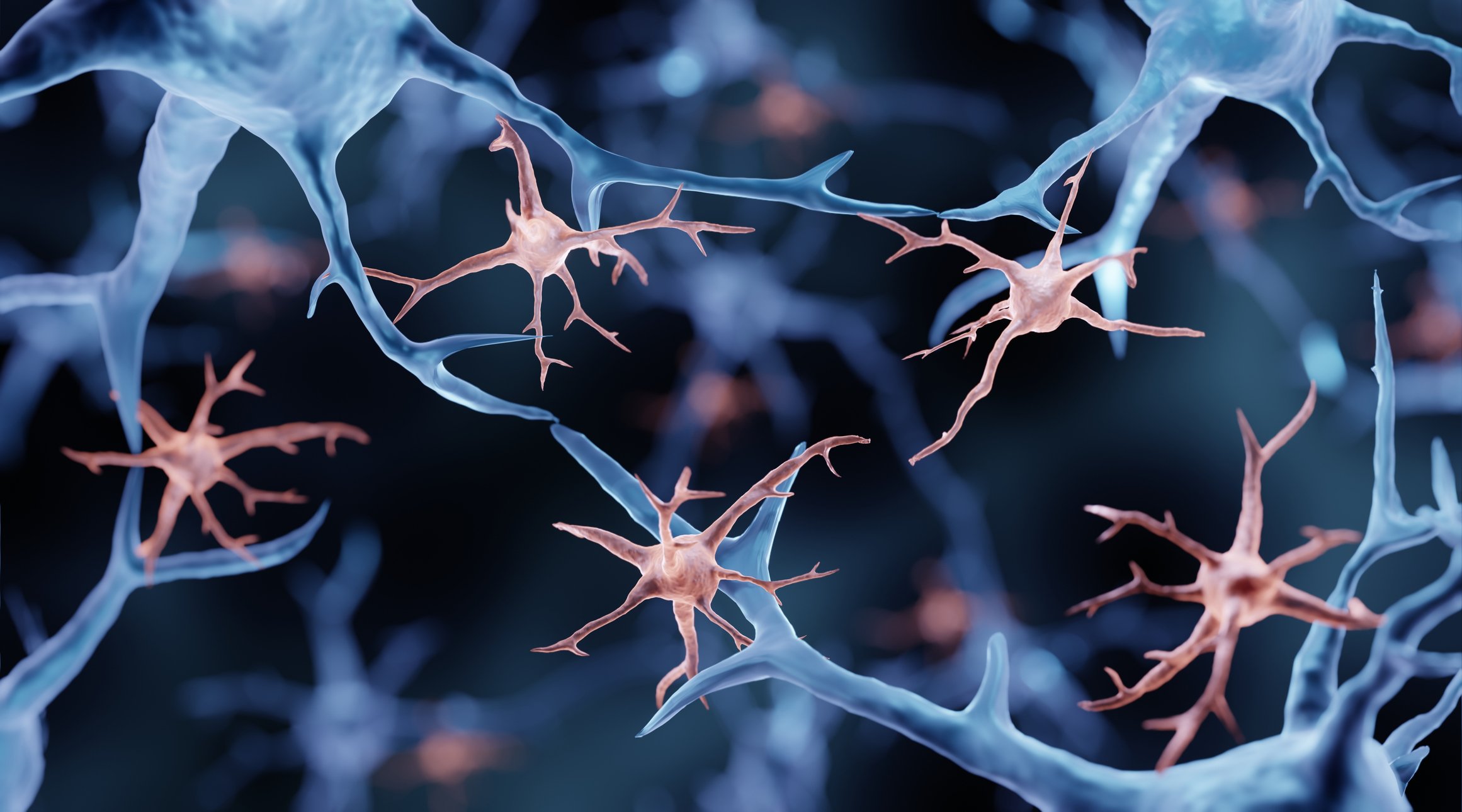Scars can be outwardly disfiguring and can negatively affect a person’s self-esteem. They differ not only in shape, size and elasticity, but also in their cause. Some, such as the sharply indented or key-shaped sunken types, develop in the course of acne, while others, such as keloids, appear to be associated with a genetic predisposition. In any case, the therapy is a challenge, as there are several possibilities.
From a medical point of view, scars are fibrous replacement tissues formed by fibroblasts during wound healing. There are several subtypes.
Sclerotic scars: Sclerotic scars are hard and inelastic, they tend to shrink. In places where the skin must undergo frequent stretching, they can cause problems and disabilities. Therefore, they are extended in therapy, e.g., surgically.
Acne-induced scars: they often appear sharply indented or key-shaped. Because they usually occur in such large numbers that it hardly makes sense to treat all scars, one mainly treats individual or particularly large specimens.
Firmly adherent, key-shaped scars can either be surgically loosened with sickle-shaped thread knives (cicatrixotomy) and thus lifted, or they can be treated with filler substances (e.g. hyaluronic acid, collagen). Afterwards, the usually atrophic surface can be matched to the surrounding color with a camouflage.
Sharp-edged forms can be treated relatively well with dermabrasion, a surgical peel that involves sanding in the epidermis. However, the procedure does pose a risk of injury and should only be performed by specialists. Alternatively, laser techniques (CO2, Er:YAG) have proven themselves, so-called “skin resurfacing” because they are more controllable. The abrasion itself does not target the scar, but rather its edges, which means that the light does not refract on it as much and the scar is less noticeable cosmetically.
The success of a medium-depth chemical peel does not approach that of surgical procedures.
Fibrous (physiological) scars: Are rather inconspicuous and can hardly be treated today. At most, waterproof cosmetic cover-ups (camouflage techniques) or scar creams are applicable.
Pathological forms
At the molecular level, little is yet known about pathological scarring. In any case, it testifies to a prolonged and disturbed inflammatory phase and leads to reduced degradation and increased formation of the extracellular matrix. Genetic factors have been discussed for several years because keloids are clustered in certain families. This is particularly relevant for surgical interventions because it would increase the likelihood of recurrence.
Keloids: Keloids are rare, but their incidence increases with increasing skin pigmentation. They usually show up more than six months after the injury, although the patient may not always notice it (e.g., minimal trauma after an insect bite). They grow tongue-like beyond the actual wound edges and can cause itching, burning as well as pain. They are localized either to the entire integument, or frequently to the earlobe, sternum, or neck. Only rarely do they regress on their own. Predisposing factors include young age, heredity, black skin color, high skin tension, and female gender.
Surgical removal is one of the longest used techniques. However, the risk of recurrence in surgical procedures is relatively high, which is why therapy nowadays tends to be with glucocorticoids, for example. Furthermore, topical retinoids can soften keloids and inhibit them from growing.
Silicone gel sheet or silicone gel also lead to improvement of scar surface, flattening and softening. In addition, silicone products have the advantage that they do not cause pain and are usually easy to apply.
A very frequently used, successful, non-medicinal form of therapy for burn scars is pressure or compression therapy, in which bandages are applied, sometimes over very long periods of time and with a maximum of pressure. 30-minute interruptions per day, are used. Topical pressure decreases capillary perfusion, accelerates collagen maturation and in this way flattens the scar. Unpleasant for the patient are the possible heat accumulation, increased sweating or swelling of the extremities as well as possible pressure ulcerations and erosions.
Finally, cryotherapy should be mentioned, with which an approx. 60% correction can be achieved in keloids: The scar is in contact with nitrogen for 20-30 seconds, every four weeks. The destruction of cold-sensitive melanocytes can cause undesirable, reversible depigmentation.
Laser techniques (CO2, Er:YAG) alone usually do not lead to the desired success in keloids due to overheating of the tissue in the close vicinity, which can induce recurrence. They should be used in combination with other methods. It should also be remembered that the equipment used for this purpose is expensive.
If excision is nevertheless necessary, it should be done as atraumatically as possible and along the skin tension lines. In addition, imiquimod may be used to prevent recurrence. The once-daily application is associated with a burning inflammatory reaction, which is unpleasant for the patient but perhaps crucial for the effect. However, a general recommendation regarding the use of imiquimod cannot currently be given due to a lack of and often contradictory data.
Prophylactically, radiation therapy appears to be effective, but success rates are uncertain.
In children and in special body regions (e.g. in the area of the thyroid gland), this procedure is contraindicated; in addition, the necessary equipment is often lacking. In the radiation field, scaling and redness often appear acutely as a side effect. However, they are regressing. Light protection is therefore recommended during this period. Rare are chronic side effects such as pigmentary disorders and dry skin as well as telangiectasia.
Hypertrophic scars: Hypertrophic scars are common. In appearance, they appear sharply demarcated and remain within the wound margins. They occur less than six months after injury and without genetic predisposition. They are localized on the entire integument. It may happen that they regress spontaneously. They respond well to treatment with glucocorticoids (e.g., 10 percent triamcinolone crystal suspension). The injection should be placed in the scar until it turns white. If the process proves difficult, a smaller caliber syringe with a screw-on needle is useful. This procedure is repeated initially after two, then every three weeks. Skin necrosis is the undesirable possible consequence of such therapeutic procedures.
Also showing good effects are excision, compression or cryotherapy, and silicone gel treatment [1]. Older hypertrophic scars can be lightened and flattened using Er:YAG laser. Side effects may include wound secretion, swelling, crusts, erythema, wound infection, or pigmentary abnormalities. Such last longer with theCO2 laser and are stronger than with the Er:YAG laser.
Literature:
- Chan KY, et al: A randomized, placebo-controlled, double-blind, prospective clinical trial of silicone gel in prevention of hypertrophic scar development in median sternotomy wound. Plast Reconstr Surg 2005 Sep 15; 116(4): 1013-20; discussion 1021-2.
- Worret WI, Vogt HJ: Scar therapy in dermatology. Dtsch Arztebl 2004; 101(42): A 2819-2824.
- Gessner C: Smoothing scars and keloids with laser. Medical Tribune online. www.medical-tribune.de/medizin/fokus-medizin/artikeldetail/narben-und-keloide-mit-laser-glaetten.html
- Worret WI: Treatment of scars. What are the options? ARS MEDICI 2007; 16: 817-821.
- Nast A, et al: Guideline of the German Dermatological Society. Therapy of pathologic scars (hypertrophic scars and keloids). AWMF online.
DERMATOLOGIE PRAXIS 2013; 23(6): 18-19












